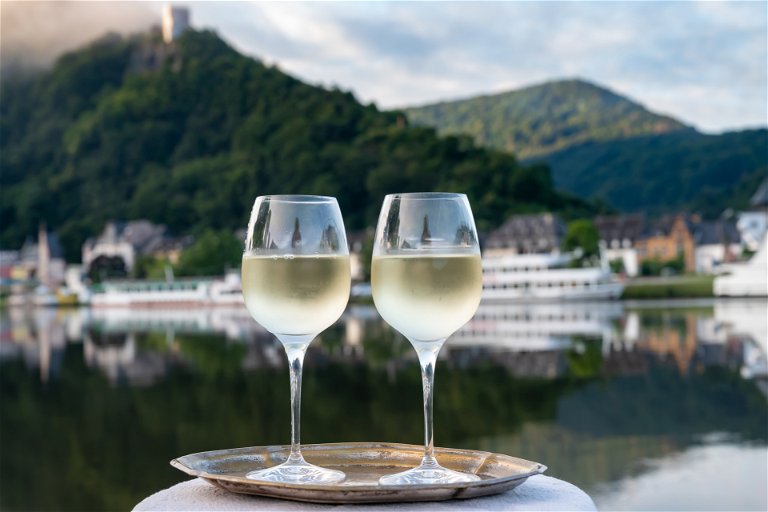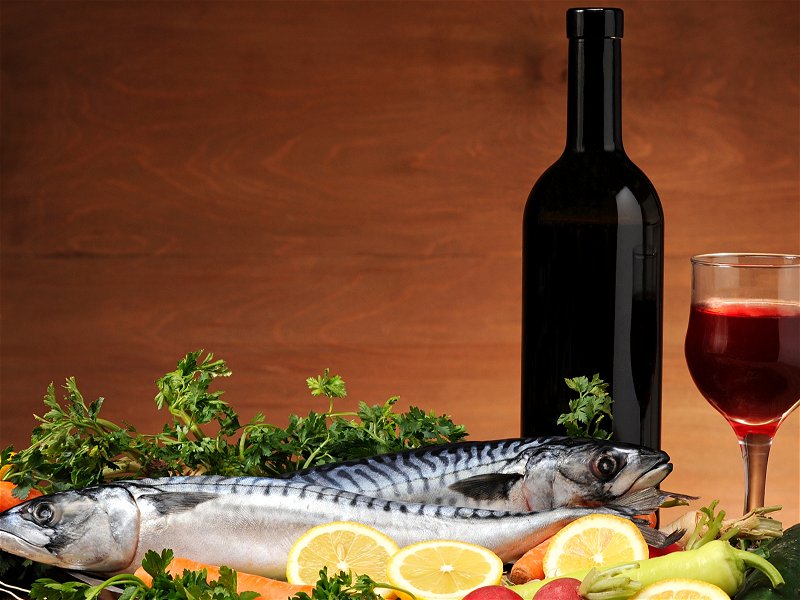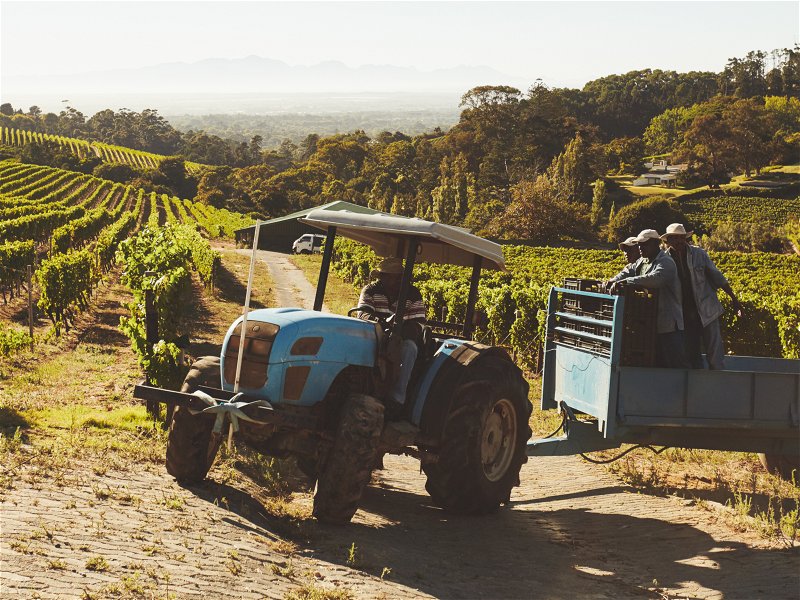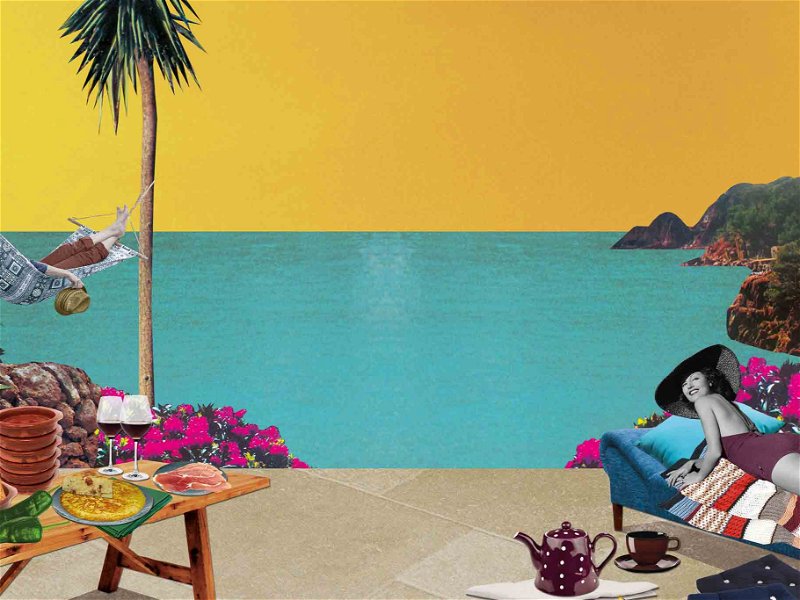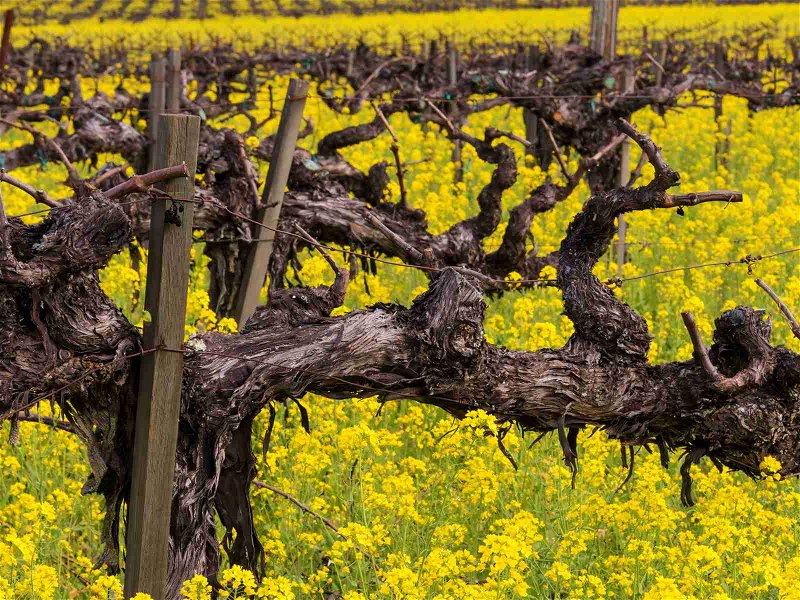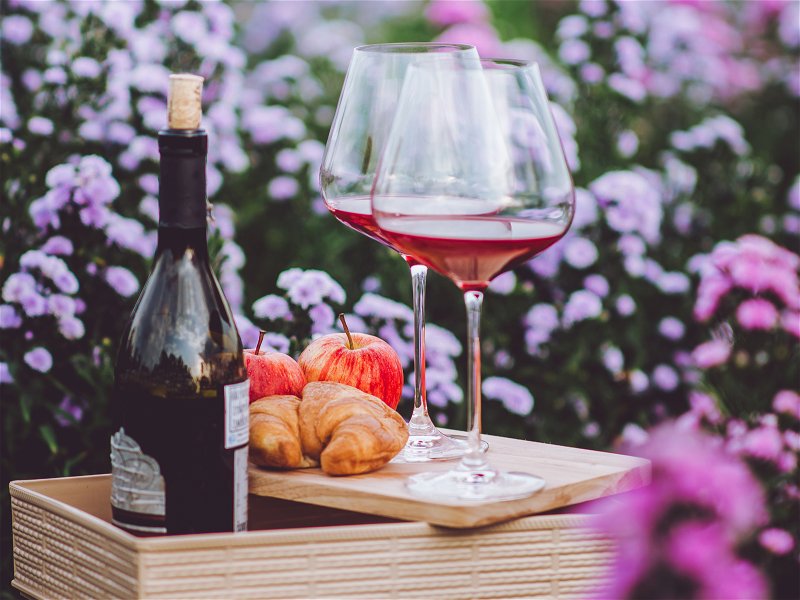What’s Wrong with White Wines?
We pay lip service to valuing white wines yet when it comes to buying or opening a really special bottle, our columnist argues it's often a red that comes out on top.
No-one likes to be accused of prejudice. Your defensive hackles would doubtless rise if someone raised the charge to active discrimination. Yet how often do we all relegate white wine to the status of mere warm up act for the red headliner? Of course, we pay lip service to valuing white wines; we may even drink more of them. Yet when thoughts turn to buying or opening a really special bottle, to impressing a client, to lingering over a mature cellar treat, so often it’s a red that makes the final cut.
There are honourable exceptions: wine lovers in Germany or Austria are far more accustomed to revering their countries’ venerable white wines. Some might wave the example of top white Burgundy, but how often is that really deployed as the pinnacle of the meal? Inevitably there’s an equally serious red waiting in the wings to steal the limelight as soon as the next course is served.
It’s not just us consumers who are guilty. Unless a producer is situated within a specialist white wine region, their top-end, most expensive expression will invariably be a red. The world certainly doesn’t need any more “icon” wines, but it’s striking how few winemakers pin their ego to a white mast.
Perhaps that sheer drinkability of white wines, their refreshment value, the ease of appreciation acts as a barrier to taking them more seriously. People apply the same argument to art, music and literature. As with all these fields, the fact that something has immediate appeal should not be conflated with the assumption that it was simple to create or has no more profound message to convey, if only we bother to look.
Critics undoubtedly play a role too, however subconscious, in our higher regard for reds. Compare the number of 99 and 100-point scores for red wines against those for white. If it looks broadly similar, then strip out those white wines that are either fizzy, fortified or sweet. Are dry white wines inherently inferior to their red counterparts?
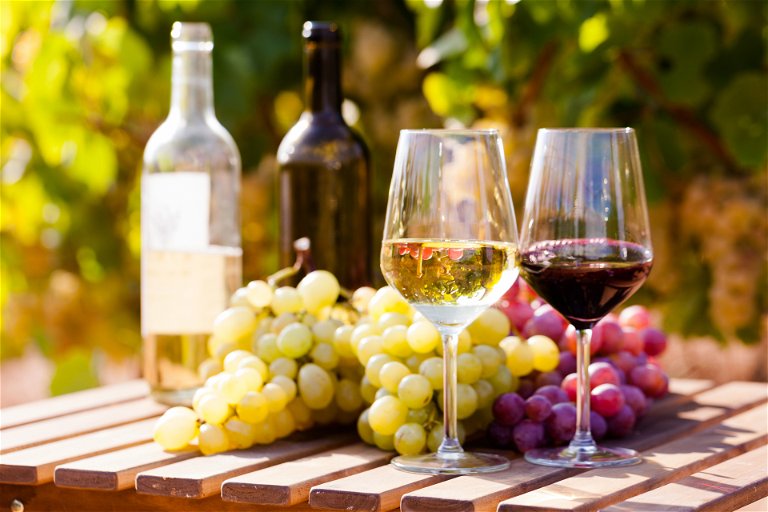
One valid question does hang over the comparison of how well these two styles age. The same anthocyanins that give red wine its colour also protect against oxidation, which helps explain why a greater number of red wines can realistically expect to reach their thirtieth, fortieth or even more venerable birthdays in good shape. But a great Austrian or Alsatian dry Riesling, traditionally made white Rioja, serious white Burgundy and the top names of Pessac-Léognan could all expect to hit at least their third decade in fighting spirit.
Even regions that we don’t associate with mature wines can prove rewarding. If your next cellar rummage unearths a forgotten, antiquated bottle of Pouilly-Fumé from Didier Dagueneau then please, please don’t be tempted to pour it down the sink.
It’s not just Europe that is capable of delivering exceptional mature dry whites. Too few of the New World’s most exciting producers have yet had time to build up a sufficient track record, but there can be an ageless quality to top Hunter Valley Semillon or Clare Valley Riesling. Meanwhile some of the ambitious whites to emerge from South Africa over the last decade, especially those based on old vine Chenin Blanc, seem perfectly capable of outliving their putative drinking window.
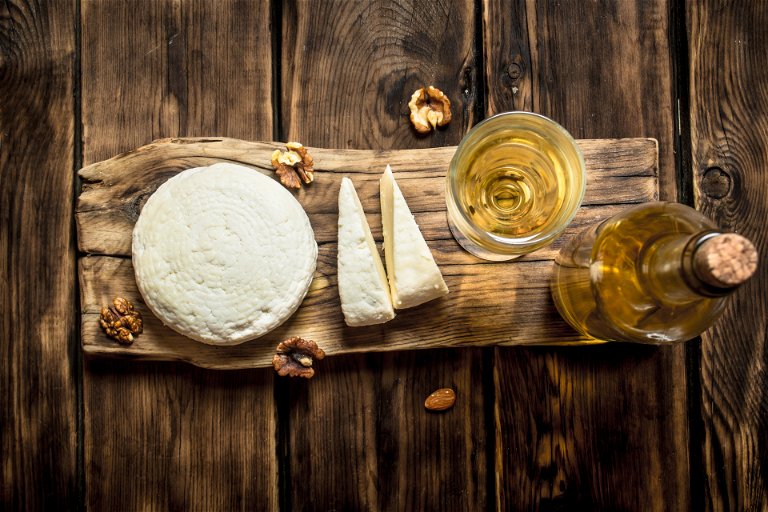
In any case, does a wine have to live for 50 years to be truly great? It’s a helpful attribute for auction houses and investors – after all, paintings and first editions don’t carry such tedious shelf-life concerns – but few enthusiasts can afford such patience.
If a wine is ready to put on its firework display after 15 or 20 years instead then don’t complain: just sit back and let it be the star of the show.
Western menu conventions can also present a logistical challenge for white wines keen to secure top billing during a meal. After all, that main course of roast beef is crying out for a grown-up red. Even so, there are plenty of solutions for anyone committed to taking their white wine seriously. It would be an extremely ungrateful guest who complained if you swapped red meat for a regal fish such as turbot as the centrepiece of the meal.
Alternatively, if you really want to linger over your mature white wine, then don’t forget how well it almost certainly goes with cheese. If a hunk of well-aged comté can’t convert you to the profound joy of fine white wine then there’s no hope.
